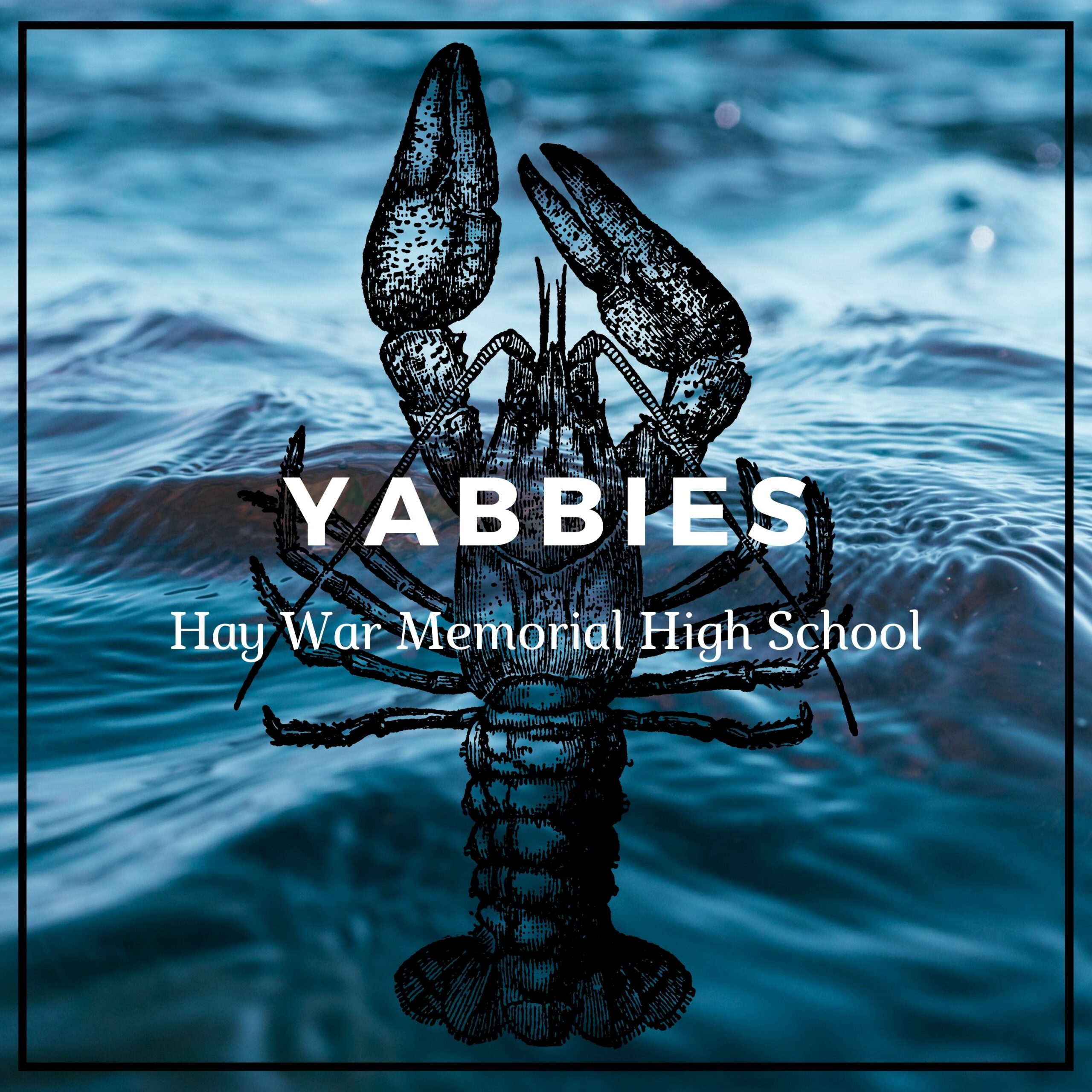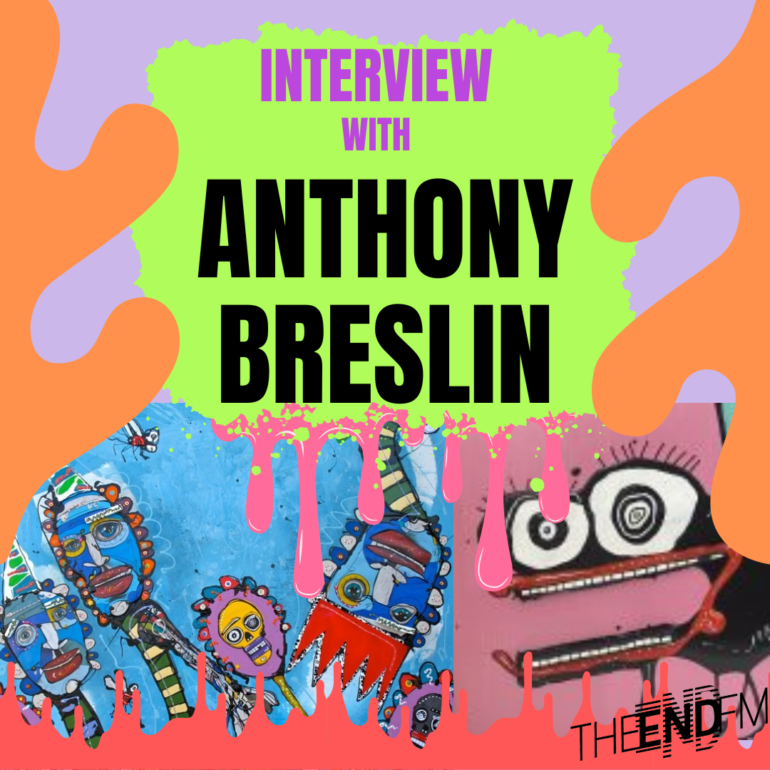Yabbies

An interesting conversation about the history of aquaculture, the biology of and marketing of yabbies with some of Hay War Memorial High School’s Year 7 students. This podcast was created in conjunction with THE END FM, Petaurus Education Group Inc. and Hay War Memorial High School.
Transcript:
(INSTRUMENTAL FUNKY MUSIC)
(Voice Over) RICHARD DALLY: Hello, welcome to today’s podcast about yabbies from Hay War Memorial High School. We will be talking about the history of aquaculture, the biology of yabbies and the marketing of yabbies.
(INSTRUMENTAL FUNKY MUSIC)
RICHARD DAVIES: My name is Richard.
OLIVIA DUFFEY: Richard, what if you’ve been doing?
RD: I’ve been researching the history of aquaculture.
OD: Can you tell me firstly what is aquaculture?
RD: Aquaculture culture is the farming of aquatic organisms for commercial purposes.
OD: And how long has aquaculture been in Australia for?
RD: Aquaculture has been in Australia for a long time with Sydney Rock Oysters being farmed in 1872.
OD: In aquaculture, what is a farmer responsible for?
RD: A farmer is responsible for feeding, protecting and making sure the products are healthy and ready for sale.
OD: And what are some of the products of aquaculture?
RD: Some of the products in Australian aquaculture are oysters, Barramundi, Murray Cod, Silver Perch, Golden Perch and Yabbies.
OD: So how much has Australia made in exportation?
RD: Australia exported over $90 million worth of products last year with oysters being our main aquaculture export.
OD: I understand that it’s starting to open up a new way for Australians. Can you tell me a little bit about that?
RD: Aquaculture is opening up new ways for Australians to have stable jobs knowing that our seafood is well liked by many countries overseas.
OD: When you were researching aquaculture, which I think is a really interesting topic, what was one of the things that shocked you the most or was really interesting that you didn’t already know?
RD: The world’s biggest yabby is one clawed and weighs three kilos.
OD: Thank you for joining me on the podcast. It has been very interesting to hear about aquaculture.
RD: Bye.
(INSTRUMENTAL FUNKY MUSIC)
OD: We have yet another interview with one of these great Year 7 students to learn more about what yabbies are. So tell me about the common freshwater yabby.
NADIN GLEESON: They live in dams, in like cold habitats, cold to warmer.
OD: So what are the four main parts of a baby’s body?
NG: Head, thorax, abdomen and tail. They rely on touch and taste by using antennas.
OD: How can you tell the gender of a yabby?
NG: Male yabbies have protrusions at the base of their pair of walking legs. The female yabbies have oviducts which are small disc shaped openings at the second pair of walking legs.
OD: And how often can yabbies be bred?
NG: Five times a year, when the water temperature is warmer. The females can hold up to 30 to 450 eggs.
OD: So what do they eat?
NG: Fresh and decay plants and animals? They’re mostly herbivores.
OD: Well, thank you so much for joining me for the podcast that was really interesting to learn about what the common freshwater yabby actually is, and a little bit more about their anatomy. Thank you very much for that.
NG: Thank you. Bye.
(INSTRUMENTAL FUNKY MUSIC)
RILEY HARRIS: Hi, I’m Riley, I’m in Year 7.
OD: So you’ve been exploring yabby marketing. I think we should start with where yabbies are sold.
RH: Yabbies are sold in New South Wales, and can also be sold at some fish markets in Victoria.
OD: And do they sell yabbies alive or dead?
RH: Sometimes they sell them alive and sometimes they sell them dead.
OD: So how much do they sell for?
RH: Yabbies are sold for $40 per kilo.
OD: And how do they transport yabbies?
RH: Live yabbies are packaged and transported and foam boxes. They are packed in successive layers with moist packing material and a plant.
OD: I know you’ve had a look a bit about how yabbies can be cooked and served to humans. What are some of the ways that yabbies are served?
RH: Yabbies can be served roasted, barbecued, boiled and they can be served in salads, soups, pastas and lettuce cups.
OD: What was the most interesting thing you learnt when exploring yabbies?
RH: How they were transported.
OD: Well thank you again for joining me. It’s been great to have you here and very interesting to learn about yabbies in marketing.
RH: Thanks, bye.
(INSTRUMENTAL FUNKY MUSIC)
CREDITS: JERIMIAH WILLIAMS-GOLDING: THIS PODCAST WAS MADE AT HAY WAR MEMORIAL HIGH SCHOOL PRODUCED BY JERIMIAH WILLIAMS-GOLDING, RILEY HARRIS AND NADIN GLEESON, RICHARD DALLY, SAMANTHA DAVIES FROM THE PETAURUS EDUCATION GROUP, DAVID KERR FROM HAY WAR MEMORIAL HIGH SCHOOL, OLIVIA DUFFEY ND ALASTAIR LING FROM THE END FM AND FINALLY MARIA FOUNDAS.
ADDITIONAL CREDITS: MUSIC IS BY ANTTI LUODE


